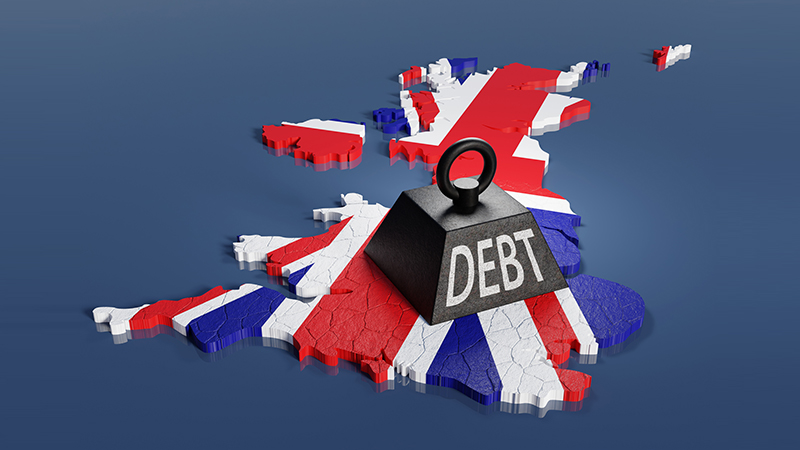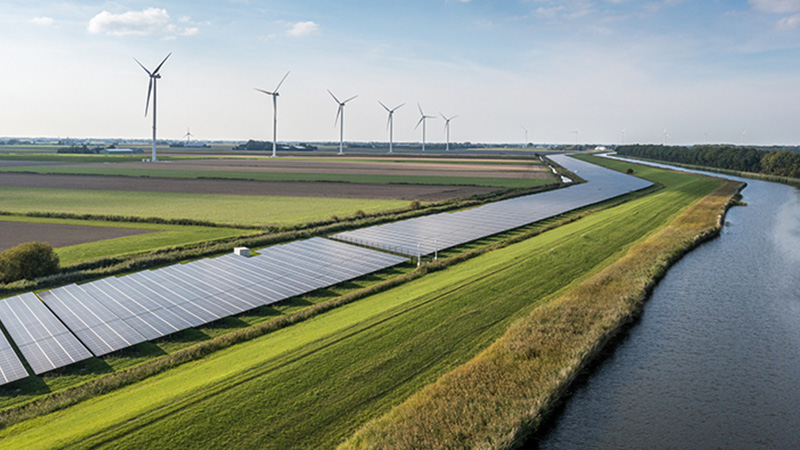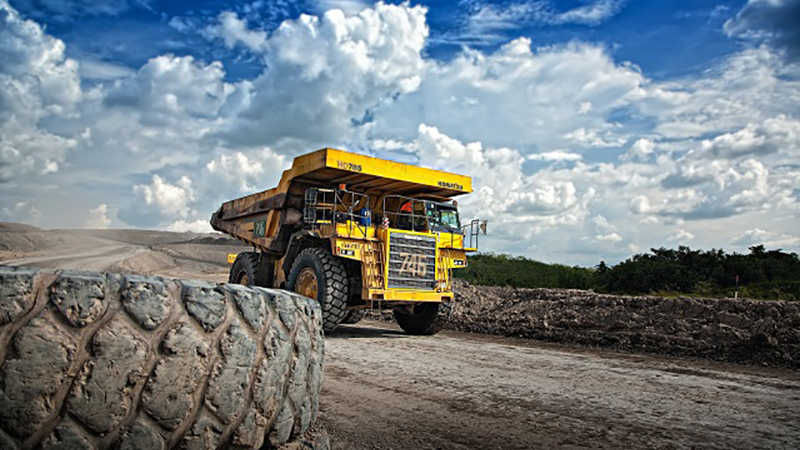April was a strong month for commodities, with specialist mining, gold and resources funds topping the performance tables. The World Bank said recently that commodity prices have stabilised after a 40% fall between mid-2022 and mid-2023. While it may feel too early for a cyclical revival in commodities, geopolitical tensions and the energy transition are changing the landscape.
Ben Yearsley, director of Fairview Investing, points out that nine out of 10 of April’s best-performing funds were gold or commodities funds, with the Amati Strategic Metals fund topping the list with a gain of 17.2%. It is increasingly clear that commodity prices have plateaued and, from last month, appear to be starting to rise once again.
A lot of the recent strength has come from precious metals. The historic relationship between gold and interest rates has broken down over the past 18 months, with the gold price rallying in spite of higher real rates. Instead, gold prices have been driven by retail and central bank buying, plus growing geopolitical concerns, hitting new highs in late April.
Equally, the performance of gold mining companies has started to catch up to the gold price. Concerns over inflationary pressures for mining companies have dissipated and higher gold prices are starting to feed through into margins. Performance has also been galvanised by the announcement of BHP’s £31bn bid for Anglo American. The FTSE Gold Mines index is up 17.5% over three months, matching the performance of the underlying gold price (source: FTSE Russell, to 30 April 2024).
See also: Investors ditch gold despite soaring prices
Rob Crayfourd, manager on the CQS Natural Resources Growth & Income trust, believes this trend has further to go: “Our belief is that cost pressures will start to ease and feed through to margins. That re-rating could happen as and when companies report their earnings.” Amati Strategic Metals also has a higher weight in gold, which now comprises 36.5% of the fund.
The silver price has also been strong, up almost 25% since mid-February. The drivers for this are slightly different, with silver an important component in the high growth photovoltaic (PV) cell market for solar energy panels.
Georges Lequime, a manager on the Amati fund, which has a 24.2% weighting in silver, says: “The silver market has been in a supply deficit for the past three years with the deficit expected to widen significantly in the coming years.” Silver mining companies have also been out of favour on inflation fears and valuations look attractive, he says. He believes ongoing M&A activity is likely across both the gold and silver markets.
Energy transition materials
A revival in some parts of the energy transition complex has also been good for commodities companies. Copper prices, for example, rose 15% in April. Infrastructure materials, such as iron ore and steel also had a buoyant month.
These commodities have compelling long-term growth characteristics, as the transition to low carbon fuel continues. A recent report from the Energy Transitions Commission found that annual demand for copper could increase by around 50% by 2030. Electric vehicles require 2.5 times more copper than an average internal combustion engine car. Lithium, which is necessary for batteries and EVs, could increase by up to seven times by 2030.
See also: Guinness: The road ahead for electric vehicles
However, these metals saw a huge spike in pricing during the pandemic, as investors started to anticipate that the energy transition would move faster. This exuberance was unwound over the next couple of years, particularly in areas such as lithium, which saw an 80% drop between November 2022 and November 2023.
Prices have now started to stabilise or even revive. Lequime believes there are still opportunities: “Equity prices (in the lithium sector) have fallen to such a low level, relative to what can be justified by spot and longer-term sustainable lithium prices, that we expect a pick-up in M&A activity in the coming months.”
Lequime says the sector is prone to periods of euphoria to despair and has been really out of favour. “Sentiment has really gone too far to the battery metal sector as a whole. Although we saw, through Q1, lithium prices stabilise, equities still fell quite heavily in January and February.” Crayfourd agrees lithium stocks have started to look more interesting again.
Part of the weakness has come from concerns over EV sales. Certainly, this is a problem in the US and Europe, where EV sales have been slowing and inventories rising. However, they remain buoyant in China and this is likely to pick up the slack on demand for battery metals.
Energy demand
The final catalyst for stronger commodities performance has been a better performance from some parts of the energy sector. Companies such as BP and Shell have rallied on major buyback and dividend announcements. CQS has around 50% of its fund in energy and energy-related securities and still sees a major opportunity in some fossil fuel providers. Crayfourd adds: “Valuations are deeply discounted because they are out of favour and supply is constrained.”
He points out that renewables are growing, but from a low base. As emerging markets grow and industralise, energy demand keeps increasing. Global energy consumption has increased by more than 50% in just over 20 years. He expects a similar trajectory over the next couple of decades. Fossil fuels are likely to be needed to meet the world’s energy needs for the foreseeable future, which should support cash generation.
There are risks to this nascent revival in commodity markets. The price of gold could revert to normal patterns, while the demand created by the energy transition may continue to be lumpy and unpredictable. Fossil fuels are likely to have periods out of favour. However, factors such as decarbonisation and geopolitics are changing patterns in commodity markets and they may not need a strong bounce in the global economy to make progress from here.










